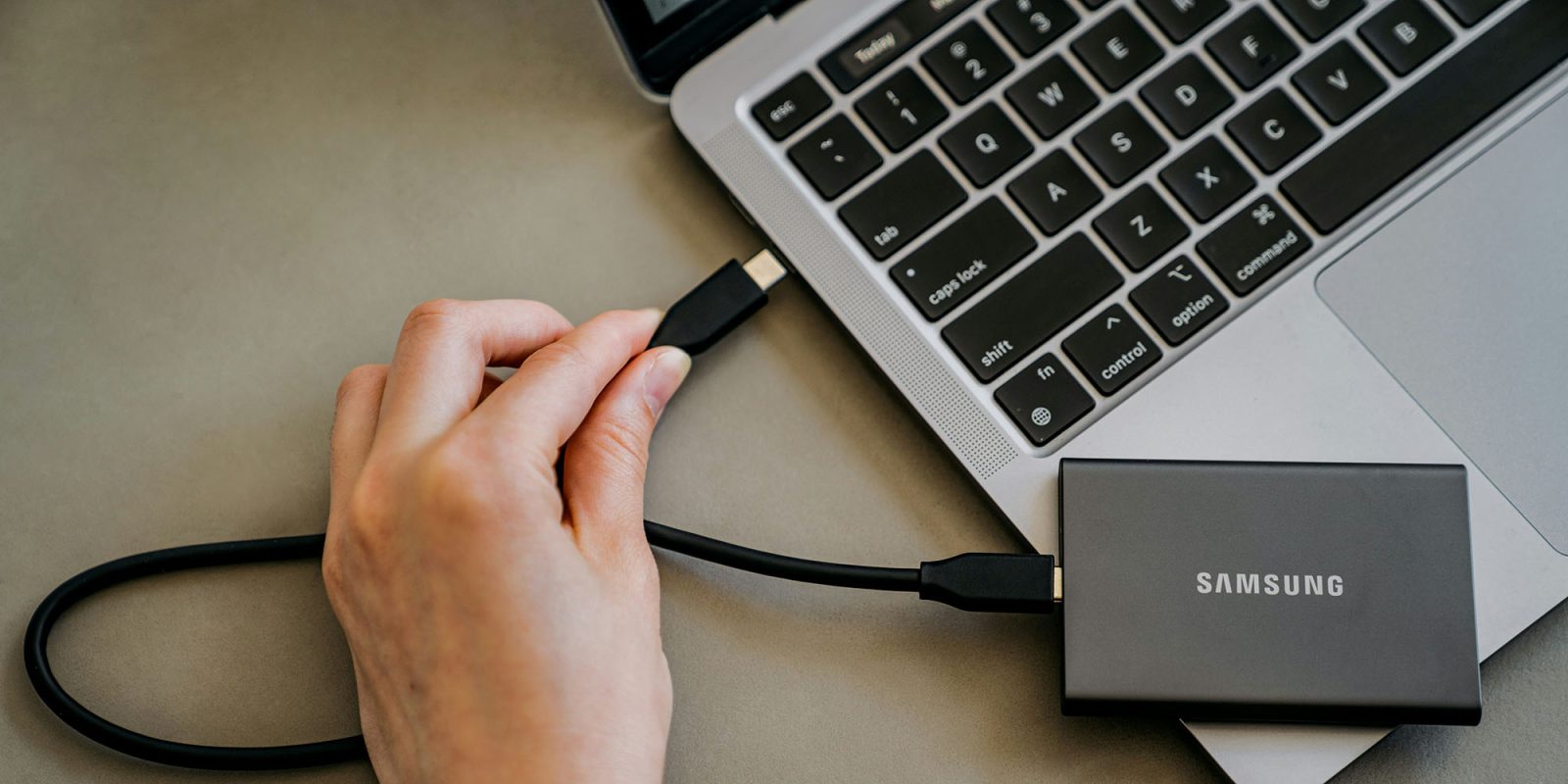
15 Best Nintendo Switch RPGs Ranked
www.denofgeek.com
Whether you just have a few minutes to level up, or youre taking a longer trip that allows you plenty of time to dive into a story and explore a massive new world, the RPG genre is perfect for playing on the go. Or gaming on the couch too, since were talking about the Nintendo Switch after all.The Switchs massive success over the last eight years has helped it accumulate one of the most impressive RPG libraries in history. From beloved classics to modern favorites, these are the 15 best RPGs on the Nintendo console.15. Ni No Kuni: Wrath of the White WitchIt may be more than a decade old at this point, but Ni No Kuni is still a wonderful mix of all the best parts of classic JRPGs and newer ideas. Gameplay leans a little bit into the Tales series, with a bit of Pokmon influence as well, but very much has its own identity. Either way, the combination of solid combat and exploration, along with a beautifully written story about a boy trying to resurrect his recently deceased mother, will likely keep you playing until the end.Plus, all of the games animated sequences were done by the legendary Studio Ghibli. If you like whats here, the sequel, Ni no Kuni II: Revenant Kingdom, is also on the Switch, and while its a very good game, it doesnt quite recapture the same magic as the original, and it lacks the involvement of Studio Ghibli as well.14. Tales of Vesperia: Definitive EditionWhile its reputation seems to improve a little more with every new release, the Tales franchise still doesnt have the name recognition of heavy hitters in the genre like Dragon Quest and Final Fantasy. Several games from the series have made their way to Switch (including fan favorite Tales of Symphonia), but Vesperia is just a little bit better.Yuri is just such a compelling main character, whos more cynical than your average JRPG protagonist. While the story may not break much new ground, this is some of the best combat in the Tales series, with plenty of customization and big combos at your fingertips. And it still looks great for a game that originally came out in 2008.13. OmoriA lot of indie games deal with mental health issues, but few are as effective and impactful as Omori. This is a game that uses its JRPG aesthetic to fully explore the issues of depression, anxiety, and isolation, but with a surreal horror twist. Omori is a game that will make you feel a lot of complex emotions. Even the happier moments come with a sense of looming dread.The games look has been favorably compared to EarthBound, another JRPG darling that dealt with some heavy issues, but while that game mostly keeps its Nintendo family-friendly charm, Omori isnt afraid of venturing into some very dark spaces.12. Final Fantasy VIIMost of the mainline Final Fantasy games (plus quite a few spin-offs) have made their way to the Switch by now, but the seventh game in the series still seems to have the most ardent fanbase. This is the original PS1 classic with all of the turn-based combat and blocky graphics still in place, and its still fantastic.This is just such a timeless story focusing on loss, identity, and environmentalism filled with big, iconic moments. Its still worth checking out this version over the recent remakes. Plus, it has several quality of life improvements over the original release, such as the options to speed up gameplay and eliminate random encounters. This makes it well worth revisiting if you havent played it in awhile.11. Sea of StarsFrom top to bottom, Sea of Stars is the ultimate love letter to 16-bit RPGs, just a beautiful pixel art adventure with a soaring soundtrack, tight turn-based battles, and an engaging story about saving the world. If you grew up on games like Chrono Trigger and Final Fantasy VI, this game was made for you.Join our mailing listGet the best of Den of Geek delivered right to your inbox!Admittedly, it does sometimes lack some of the depth of those older RPGs, but what Sea of Stars lacks in complexity, it makes up for with plenty of charm, and its old school design makes it a perfect fit for lengthy play sessions on the go.10. Super Mario RPGAll of the negatives youve heard about Super Mario RPG are absolutely true. It is an incredibly easy game, and short by any measure. Youll probably beat it in about 12 hours. But even if you just spend a weekend with it, that will be one of the greatest gaming experiences of your life.Super Mario RPG always keeps in mind that games are supposed to be fun. While simple, the battle system (tweaked slightly in this remake to be even easier than the original), is always engaging, and the classic Mario characters are written hilariously. With the updated 3D graphics and new post-game content, this is the definitive way to experience one of the greatest RPGs ever made.9. Pokmon Legends: ArceusTheres certainly no shortage of Pokmon games on the Switch between the Lets Go titles, the Generation IV remakes, plus Sword and Shield and Scarlet and Violet. Thats even without going into the many spin-offs. But the one title that really feels like its trying to do something different with the series and move it forward is Arceus.Obviously, its still Pokmon at its core, but the large maps, full of wild Pokmon who can attack you when provoked, combined with the simpler catching mechanics, just make it all feel like the next-gen monster catching experience fans have been dreaming about for decades instead of just another rehash of the same old formula.8. Octopath Traveler IIThe first Octopath Traveler was a fine example of Square Enix experimenting with several different ideas to see what would stick, and it turns out, pretty much everything did. Gamers loved being able to follow eight different stories that eventually converged, and the new HD-2D graphical style was the perfect blend of old school charm with modern technology.Aside from following a new cast of characters, Octopath Traveler II doesnt do much different from the original game. It doesnt have to. This is just a really well-written, foundationally strong RPG. Hopefully, this isnt the last weve heard of the series.7. Paper Mario: The Thousand-Year DoorThe Thousand-Year Door was originally released for the GameCube back in 2004, but its still widely regarded as the very best of the many Mario RPGs. This just seems like the RPG title that Nintendo put the most care into. The battle system, which requires timed button presses to get the most of attacks, feels pitch perfect here, and the treasure-seeking story is actually really good.After this game, Nintendo just got too experimental with the sequels, always to their detriment. Wisely, they didnt do much to change the core gameplay or script with this remake. This is mostly just a prettier version of The Thousand-Year Door, but now much more readily available.6. Dragon Quest XI S: Echoes of an Elusive Age Definitive EditionUnlike Final Fantasy, which keeps reinventing itself every few years, the Dragon Quest series has remained stubbornly true to its roots for more than three decades now. Though Dragon Quest XIs graphics are top tier, the actual gameplay isnt actually all that different from the original NES titles. Some gamers might find that to be a little too old school, but if its not broken, why fix it?This is quite simply a JRPG at its very best, with an epic, sprawling story about saving the world, an eclectic cast of likeable party members, and tried and true turn-based gameplay. Dragon Quest XI doesnt do anything to reinvent the wheel, but its just so well made that its hard to pass up.5. Star Ocean: The Second Story RSince its first release on the original PlayStation, Star Ocean: The Second Story has been continually overlooked despite plenty of praise from gamers and critics alike. Thankfully, Square Enix keeps remaking it to get it the attention it deserves. With its combination of gorgeous 3D backgrounds and sprite-based characters, this is one of the most beautiful and unique looking RPGs on the Switch, especially when combat ramps up and spells start flying.Combat is the real star here. Most battles are quick, action-packed affairs, but more difficult fights require some real strategy, and there are quite a few options in how you approach these fights. As for the story, its frankly pretty ridiculous the longer it goes on, but still oddly endearing. And if the game really gets its hooks into you, there are a whopping 99 endings to unlock.4. Persona 5 RoyalTheres a very good argument to be made that Persona 5 Royal is the greatest JRPG ever made. At the very least, it has one of the greatest stories, a lengthy tale about a silent teenager who grows into the confident Joker, as he and his friends venture into the subconscious minds of adults to change their hearts, all while balancing the demands of high school during the day.The writing is top notch throughout, but even better is how the game drips super cool style, from how thoughtfully designed every last menu is to its award-winning soundtrack. Most playthroughs clock in around 100 hours, and yet, it never outstays its welcome.3. The Witcher 3: Wild HuntIts really a miracle of programming that The Witcher 3 works on the Switch as well as it does. This is a game with one of the largest and most detailed maps in any RPG, a complex narrative where seemingly small choices can have major ramifications, and one of the deepest real-time combat systems ever devised in the genre. When it was first released in 2015, it pushed the Xbox One and PS4 pretty hard.And to be fair, playing this in docked mode is not the best way to experience The Witcher 3, even if its perfectly serviceable. But whats really impressive is just how great the game looks and plays in handheld mode. You can still get the full experience of playing one of the greatest RPGs ever made anywhere, anytime with minimal compromises.2. Fire Emblem: Three HousesJust when the Fire Emblem series seemed to have settled into a routine, Nintendo shook things up with a game that may be the very best in the venerable franchise. Three Houses feels very much like two different games, but it works well here. The opening hours mainly take place at a school where you teach classes, build relationships, and choose which of the titular three houses youll represent.After a time skip, the game opens up into a more traditional Fire Emblem game with all its trademark strategic depth, but the increased focus on social aspects means youll spend a lot more time getting to know the characters than in earlier titles. Thankfully, the writing is among the series best, and there are plenty of likable characters you wont mind getting to know better. Best of all, once youve gone through the game with one house, theres plenty more to see if you go back and replay it as the other two.1. Xenoblade Chronicles 3Given how reluctant Nintendo was to even release the first Xenoblade in the West, its shocking that this game exists, let alone that its the best RPG on the Switch. If you played the first two games, youre familiar with a lot of whats here. Xenoblade Chronicles 3 is full of frenetic combat, beautiful open worlds youre free to explore at your leisure, and an intriguing story about soldiers with 10-year lifespans.Monolith Soft took everything they learned from the prior games to craft the best combat in the series with so many skills and options, youll still be discovering new things dozens of hours into the game. Yes, this is another particularly lengthy RPG, but then again, it kind of has to be since it ties up so many storylines from the entire trilogy, and actually does so surprisingly well given the sprawling nature of the series. This is RPG perfection.
0 Σχόλια
·0 Μοιράστηκε
·33 Views











